7 flowers you don't have to deadhead according to gardening experts
Avoid deadheading these flowers, because it won't do your floral display any favors

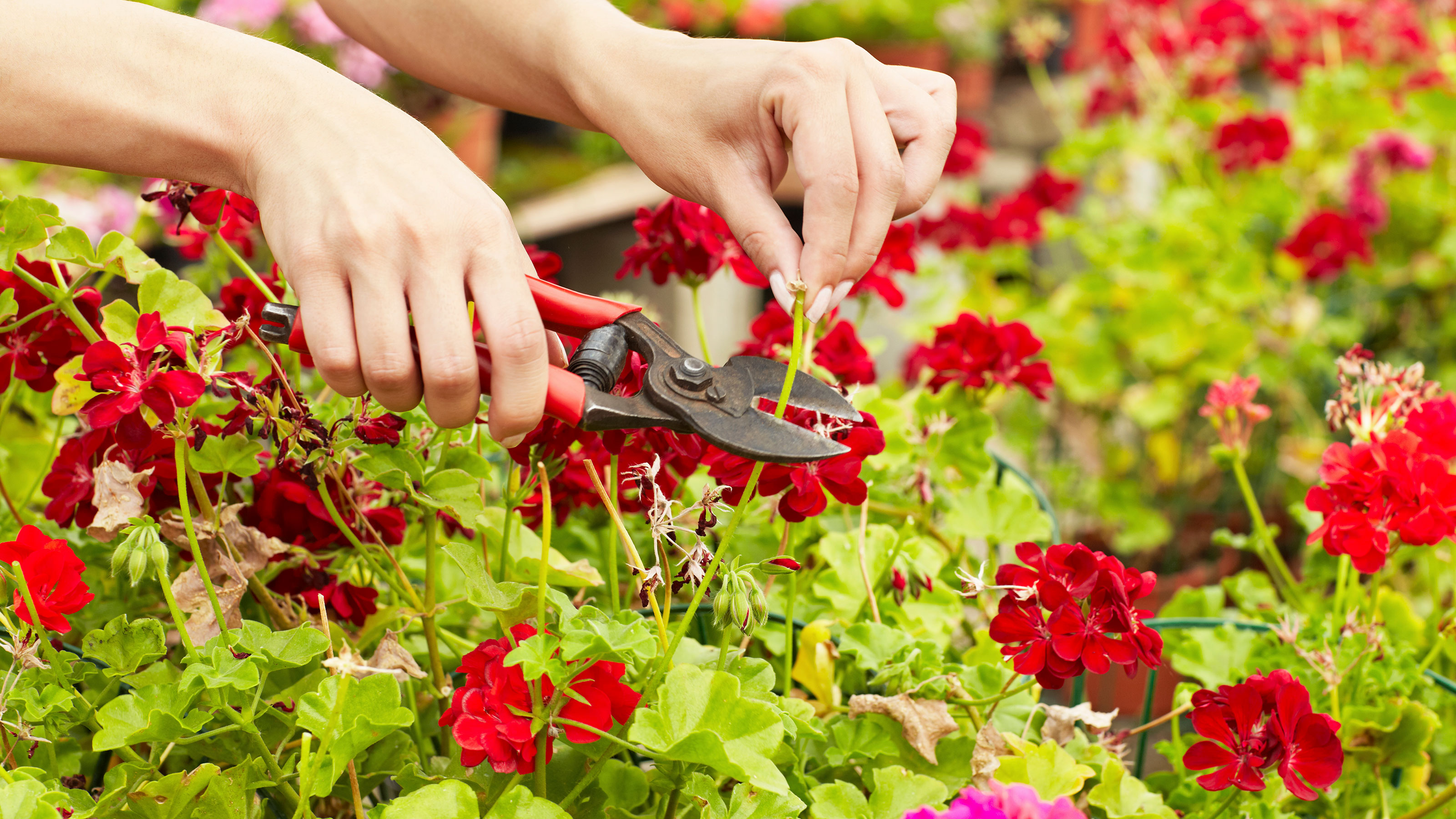
When you're a proud gardener, a spent and wilted flower display is not the look you want – especially in the summertime, aka growing season. The reality is that flowers bloom and die off. And no matter how stunning your roses, hydrangeas or geraniums look in full bloom, once spent, pretty they are not.
If you're savvy with your garden plants you'll know that some florals need regular deadheading in season, using your best secateurs for the job of course. But there are some flowers or, varieties of flowers, that are actually better off left alone to keep them in good health and your garden looking fine.
Flowers you don't have to deadhead
The act of deadheading in terms of plant health is to help conserve energy for better continued growth. Aesthetics-wise, deadheading – in theory – will give you a tidier display.
At Real Homes we are actually big believers of letting things grow a little wild, as nature intended, so we love low-maintenance gardens, we 'dig' weeds and we aren't overly precious about the odd spent flower head here and there either...
Chris Bonnett, gardening expert and founder of GardeningExpress is of the same view, noting how skipping the time-consuming task of deadheading is a good way to shorten the lengthy list of gardening chores and that there are some plants that don't benefit from deadheading anyhow, so you needn't waste your time.
So, if you prefer to take more of a relaxed approach to gardening, there are thankfully some easy flowers out there that you don't have to deadhead, either because they simply don't need it or because it could actually stunt their growth.
1. Astilbe
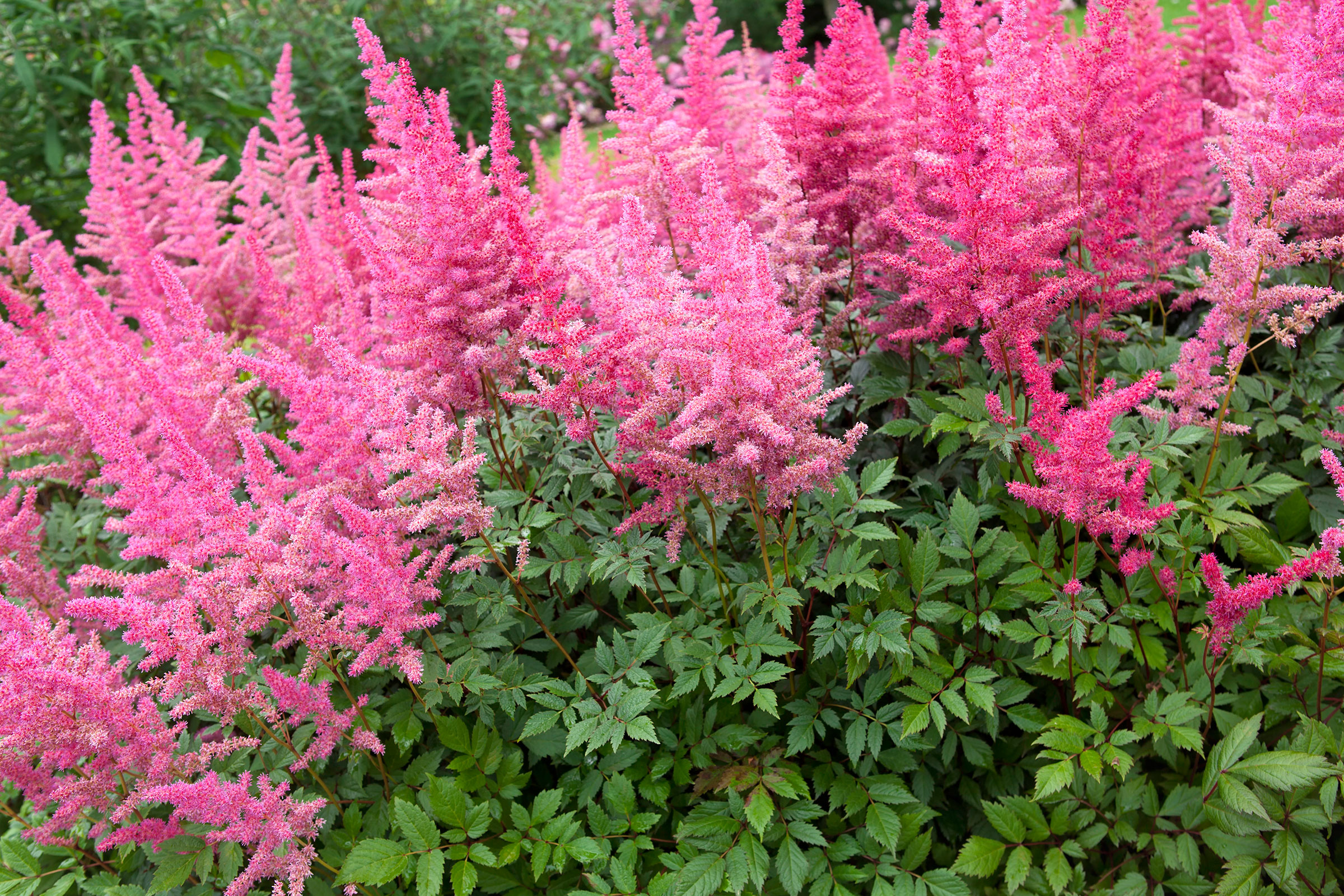
'One of the self-cleaning flowers that you don’t need to deadhead is Astilbe. It’s got tall flower stalks and beautiful foliage, making it a great low-maintenance addition to your garden. You can leave the old flower stems to just dry on their own, as deadheading won’t encourage a longer bloom. Although, you may want to remove them to just make the plant look tidier.' Says Bonnett.
Get small space home decor ideas, celeb inspiration, DIY tips and more, straight to your inbox!
2. Baptisia
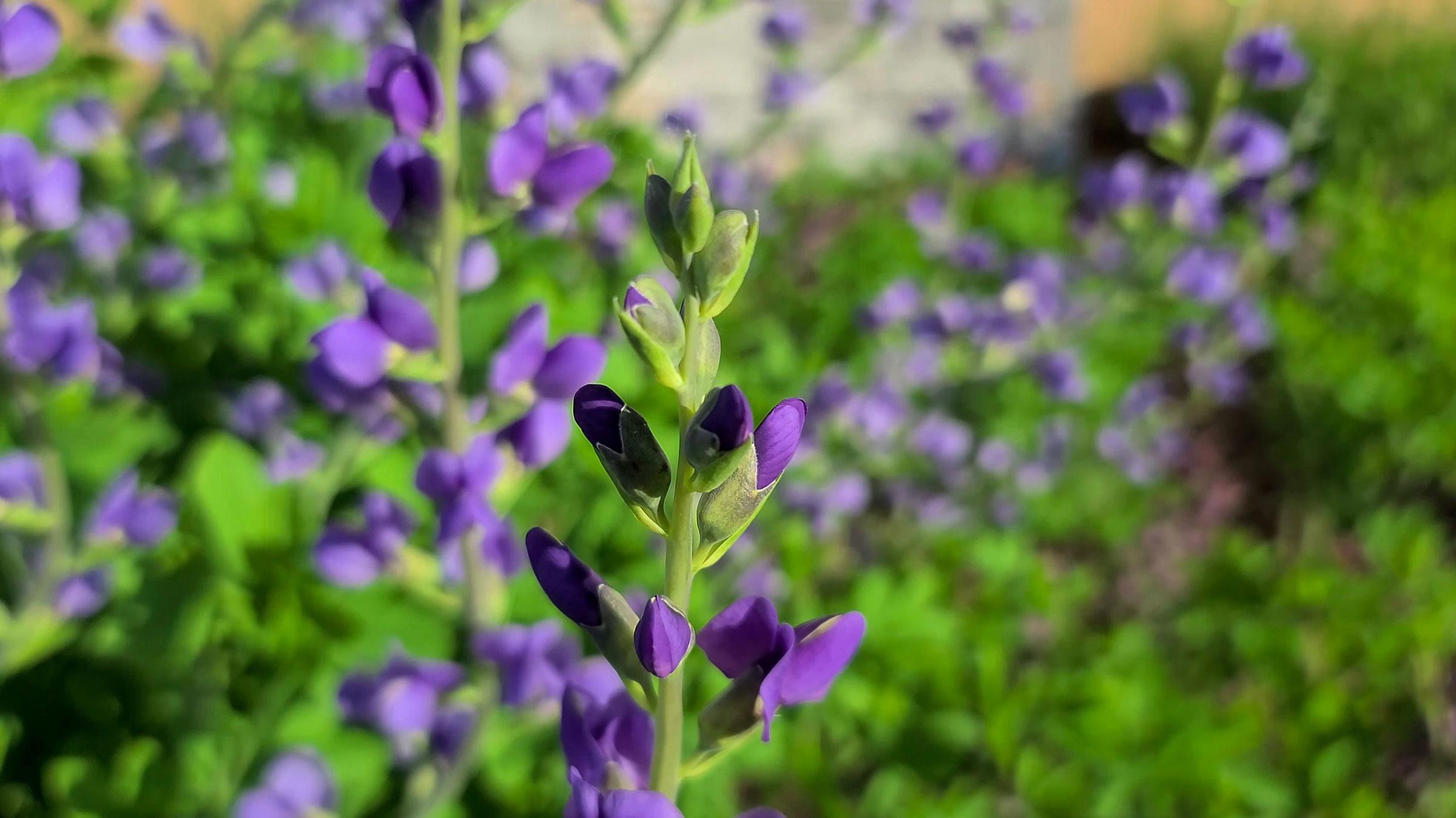
According to Bonnet: 'Another plant that you don’t need to prune is Baptisia, which bears beautiful indigo-colored flowers and has a long blooming period. Some people decide to remove the darker seed pods, but others appreciate the contrast they bring into the garden.'
3. Peony

Bonnett notes how 'Peony is a lot of people’s favorite for its fragrance and stunning large flowers' but that they can survive fine without deadheading. 'You don’t need to remove the seed pods unless they weigh down the plant' says Bonnett. 'The plant can put more energy into its root for next year's display though if you do have time to remove the seed pods.'
4. Sedum

Sedum looks great in a flower bed and makes a good wildflower that won't need deadheading according to Bonnett, 'Stonecrop or Sedum is one of the most self-sufficient plants. Sedum seed heads stay on the plant through autumn and are considered very attractive.'
5. Impatiens
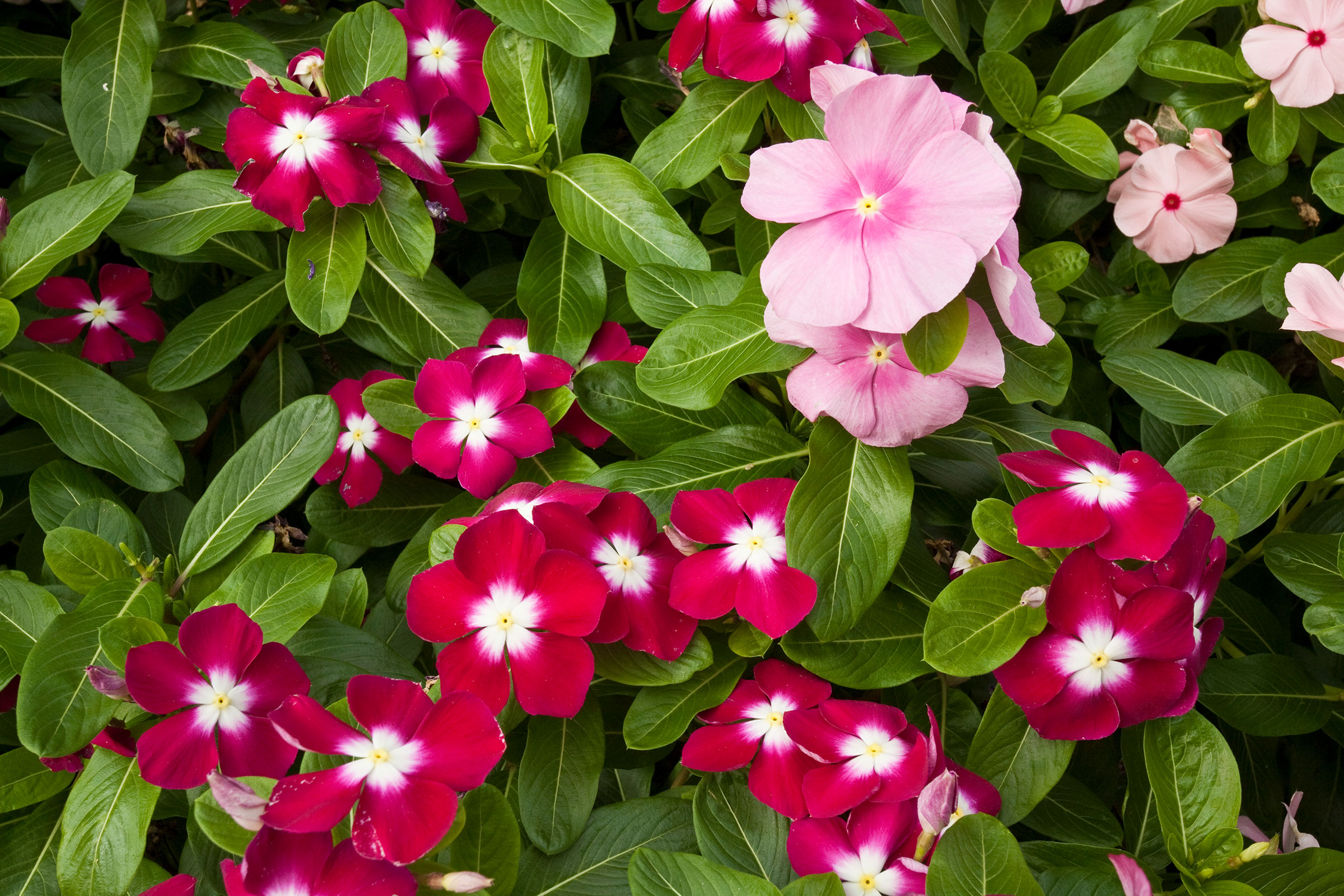
Impatiens (Bizzie Lizzie) or rather ironically known as: 'Touch-me-nots' don't need deadheading as the delicate, bright-colored annual flowering plants will take care of themselves. Bonnett says 'they are easy to take care of and they shed their spent blooms naturally.' Perfect for the laid-back or beginner gardener.
6. Wild roses
Roses need annual pruning, however, Jonathan Race, Head Gardener at The Tawny Hotel notes how 'If it’s a wild or species rose, then don’t deadhead it, and enjoy the hips over the winter.' Still, be sure to deadhead roses that need it in growing season for better flowers.
7. Hydrangeas

Some horticulturalists urge you to remove spent hydrangea flowers but, not Race. 'My tip for deadheading Hydrangeas is don’t! Leave them on until the new leaf buds are forming next spring. There are lots of different Hydrangeas, but all of them will benefit from being left until the worst of the frosts are over, with the spent flowers offering some protection from the cold weather.'
Race notes how pruning hydrangeas is still important, especially after weather damage: 'If stems get bent or broken by wind and rain, then go ahead and cut down to a healthy bud below the damage.
'Hydrangea flowerheads look fantastic over the winter. If you have an abundance of blooms, in summer or winter, go ahead and have some in the house for a wonderful display. I started at The Tawny in April and I was very pleased to see all of the Hydrangea flower heads still on.'
Bonnet also rates Hydrangeas as a plant that still looks totally fine, even with sent flowers: 'Hydrangea heads can also look great left in situ as can Agapanthus, with the spent flower heads looking superb as they glisten in autumn frosts later in the year.' He says.
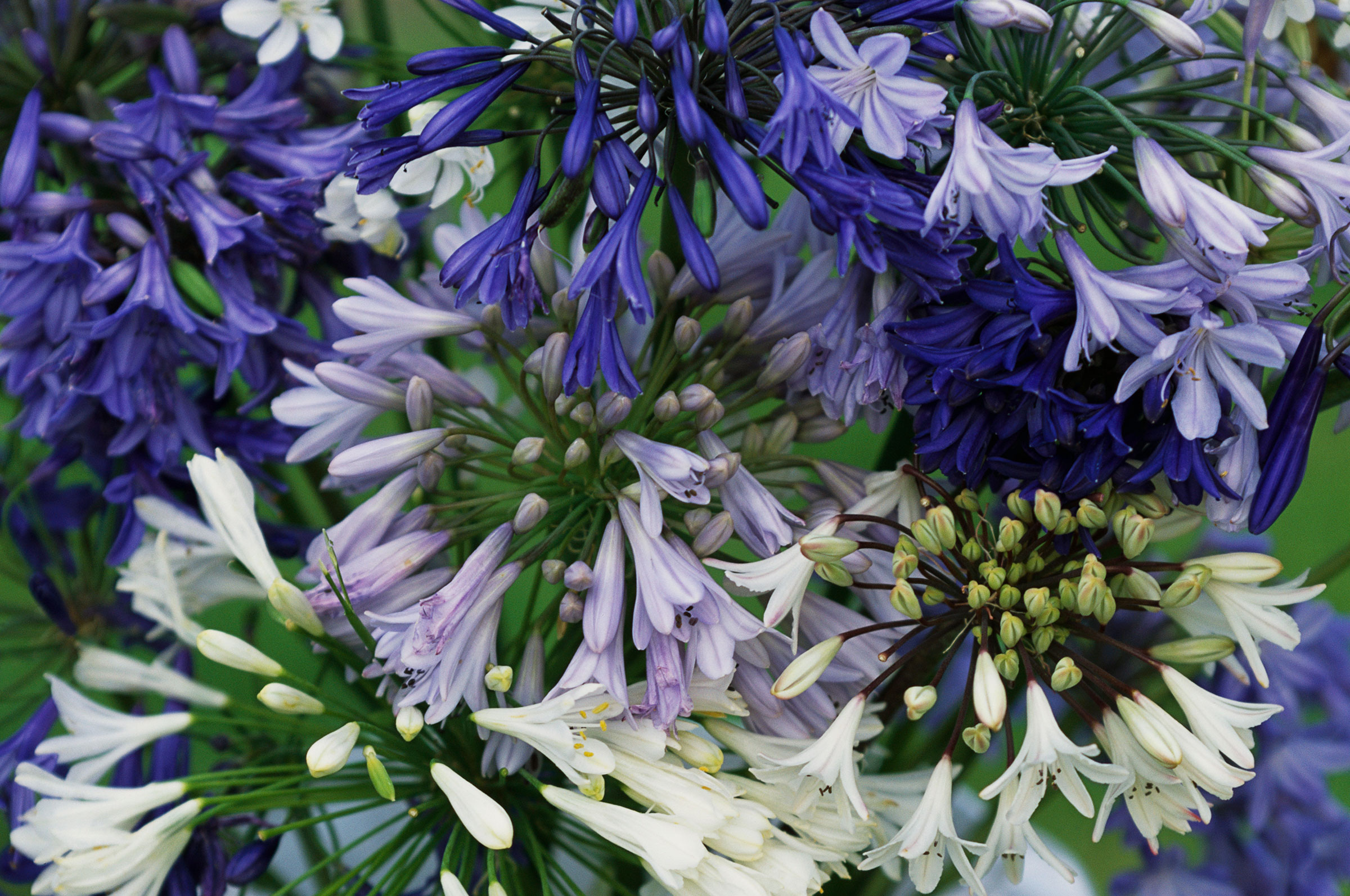
Safe flower options for deadheading
Of course, in addition to trimming back shrub roses, there are lots of spent flowers you can safely get rid of if your favorite pruning shears and garden tools really are calling for you.
Race notes how 'Petunias really respond to deadheading. It stops them getting leggy and helps to produce more flowers. You can just pinch off a spent flower but try and follow the flower stem down to the next set of leaves and snip it off there. That way, as the new growth arrives it will produce a nice dense plant. And don’t forget to feed it once a week. It’s hungry work producing all those flowers.'
Likewise, Geraniums and Pelargoniums that are of the same family: Geraniaceae, do well with regular deadheading. Race notes how hardy geraniums will benefit from being cut down after flowering, 'after their first flush don’t be afraid to cut them to the ground. They’ll produce lots of lush new foliage and most likely another flush of flowers. It will stop them getting too straggly and will get rid of any mildew hanging around.'
With pelargoniums on the other hand, avoid a summer prune and simply pinch off spent flowers, 'keep snipping away any spent flowers at the base of the flower stem it’s on' for more flowers throughout growing season.

If you are happy to not deadhead blooms that don't need it but are deadset on distracting eyes from wilting flowers, consider more brightly colored patio furniture, strategic outdoor lighting and the like to still create a beautiful outdoor space.

I'm Cam, the former deputy editor of Real Homes who worked on the site from 2020 to 2023. As a renter myself, sharing a home with two friends (and my cat) in London, I know all too well the challenges that this can pose when it comes to creating your perfect setup. As someone who has always loved everything interior design-related, I cannot rest until a home feels right and I am really passionate about helping others get there too, no matter what their living situation, style, or budget may be. It’s not always the easiest to figure out, but the journey is fun and the results are so worth it.
After interior design, travel, art, and photography are my next big passions. When I’m not writing or editing homes content, I’m usually tapping into other creative outlets, exploring galleries in London or further afield, taking photos, scribbling, or drawing!